From the Northern Lights to the geysers and hot springs of Yellowstone National Park, the Chocolate Hills of the Philippines to the incredible rocky landscape of Giant’s Causeway in Ireland, the world is full of famous natural wonders. But there’s also many jewels that you might not be so familiar with, and we’ve rounded up a handful of them. This year, get off the beaten track a little when you travel, because you never know what you might find…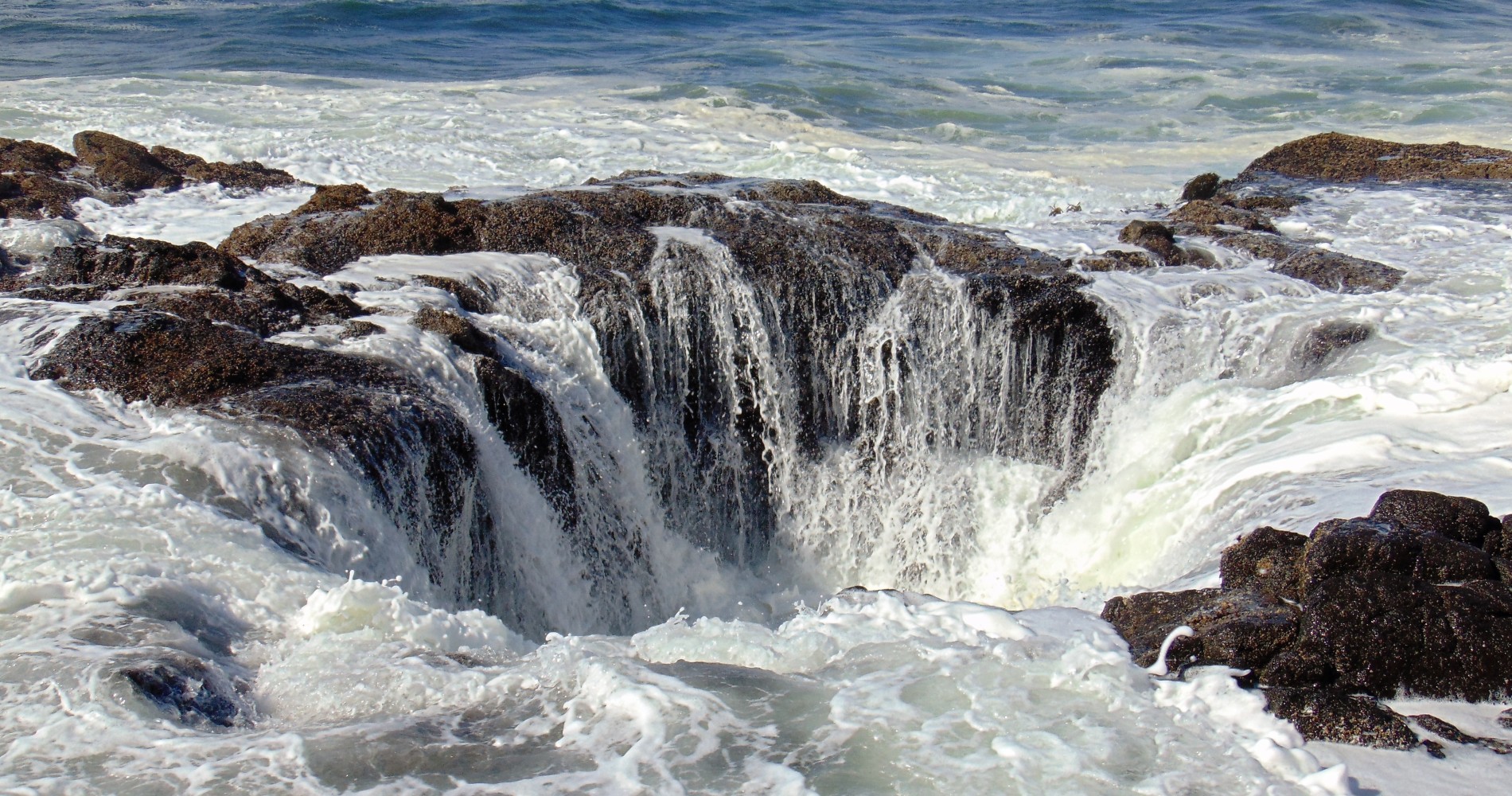
Just outside the charming seaside community of Yachats, a popular place for spotting migrating grey whales, Thor’s Well is a unique geological feature along the Cape Perpetua coastline. While it resembles a kind of bottomless sinkhole sucking water from the ocean, it’s actually a saltwater fountain. Best seen shortly before high tide when the effect is heightened, Thor’s Well is close to a couple of similar breathtaking natural features called Devil’s Churn and Spurting Horn. Although Thor’s Well is named for the Norse god of thunder and storms, it’s best avoided during rough weather because the rocks around it are so sharp and slippery – trust us, you really don’t want to fall into this hole.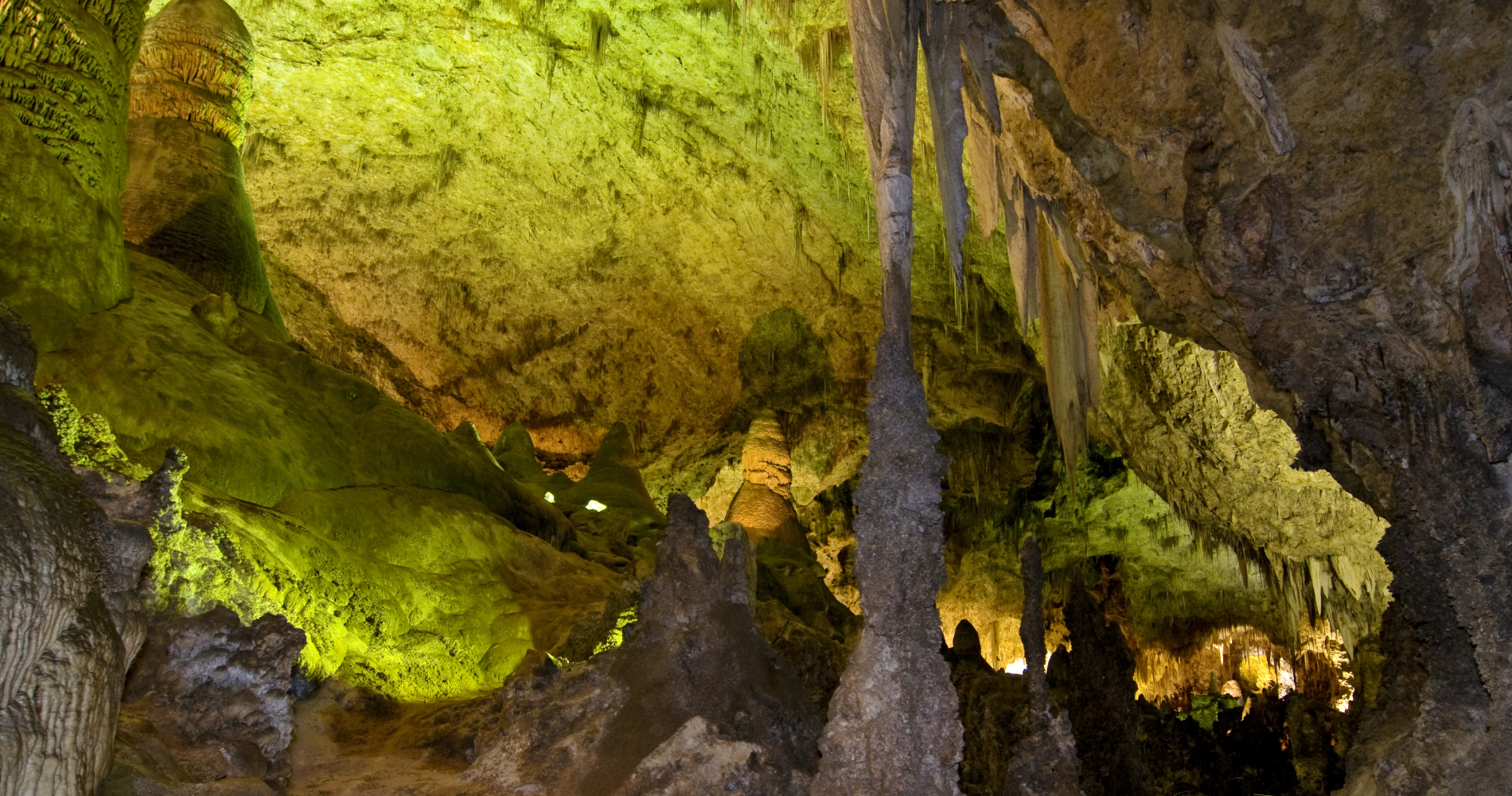
This cavern connected to a mine contains some of the largest natural crystals ever found, an awe-inspiring sight but one not enjoyed by many people, as the extreme heat and humidity in the cavern makes exploring it very difficult. Even gaining permission to access the cave is tricky – this is a working mine and it’s usually only possible if you have connections with the company. And, once mineral mining dries up here, the company will probably deactivate the water pumps they use, meaning that the water level will rise again to put these astonishing crystals out of reach once again, perhaps forever.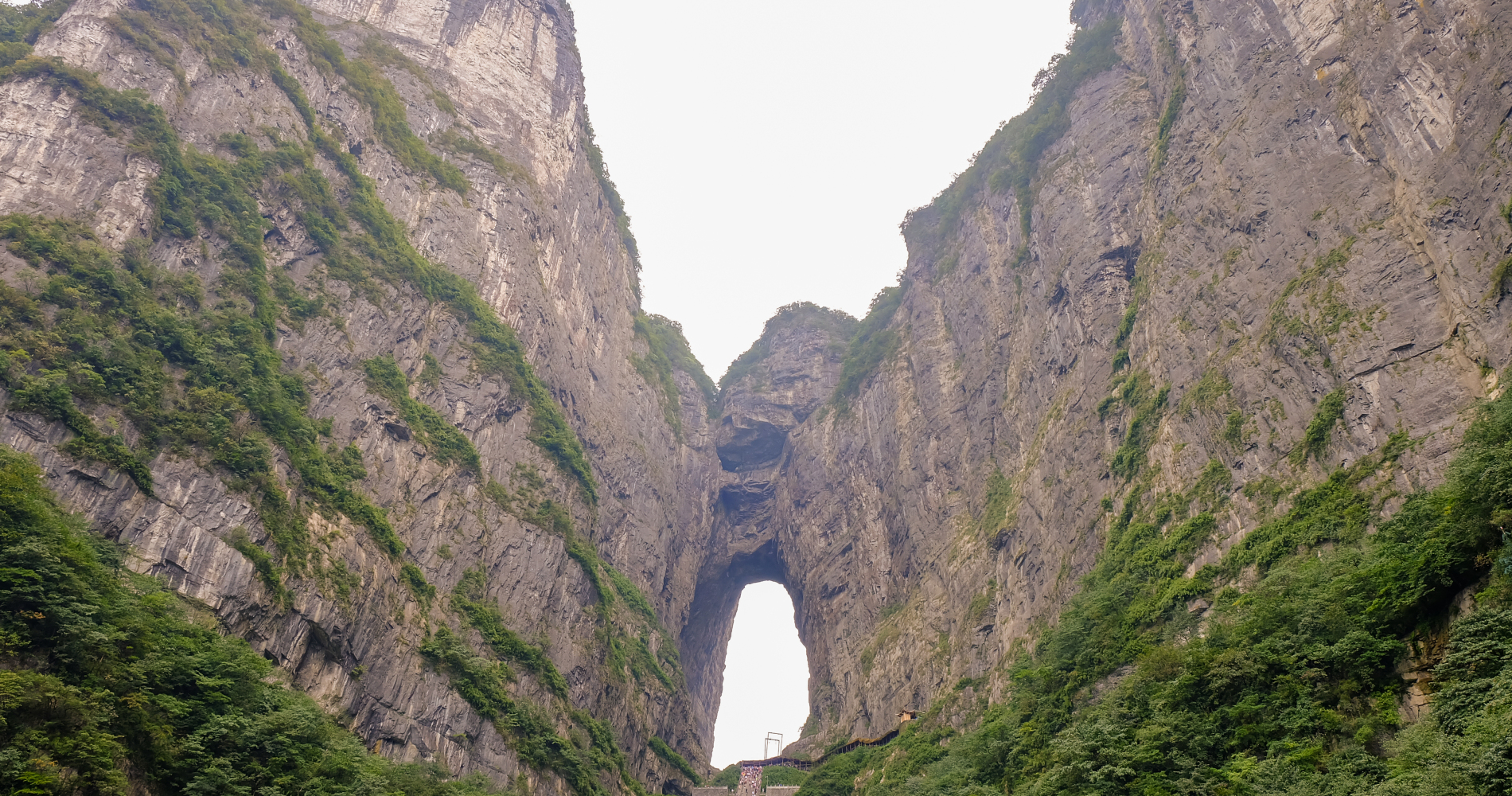
An immense natural hole in Tianmen Mountain, south-central Hunan province, Heaven’s Gate was created after a cliff collapse, thought to have occurred in ancient times. 999 steep and narrow steps lead up to the gap (9 is a significant number in Chinese culture, it’s said to be a symbol of the emperor – the son of heaven – for example). Some people believe that walking through the hole is like stepping into heaven, although in fact the views on the other side are actually pretty underwhelming.
60 miles off the coast of Belize lies this huge (quarter of a mile across) almost perfect circle of dark blue water. The distinctive colouration results from the depth of the sinkhole, 108m approximately. No less an explorer than Jacques Cousteau named it as one of the world’s greatest dive sites, though don’t expect to see much beyond the stalactites as the water is so dark. It is also common to encounter various kinds of sharks, including hammerheads, swimming in the cave.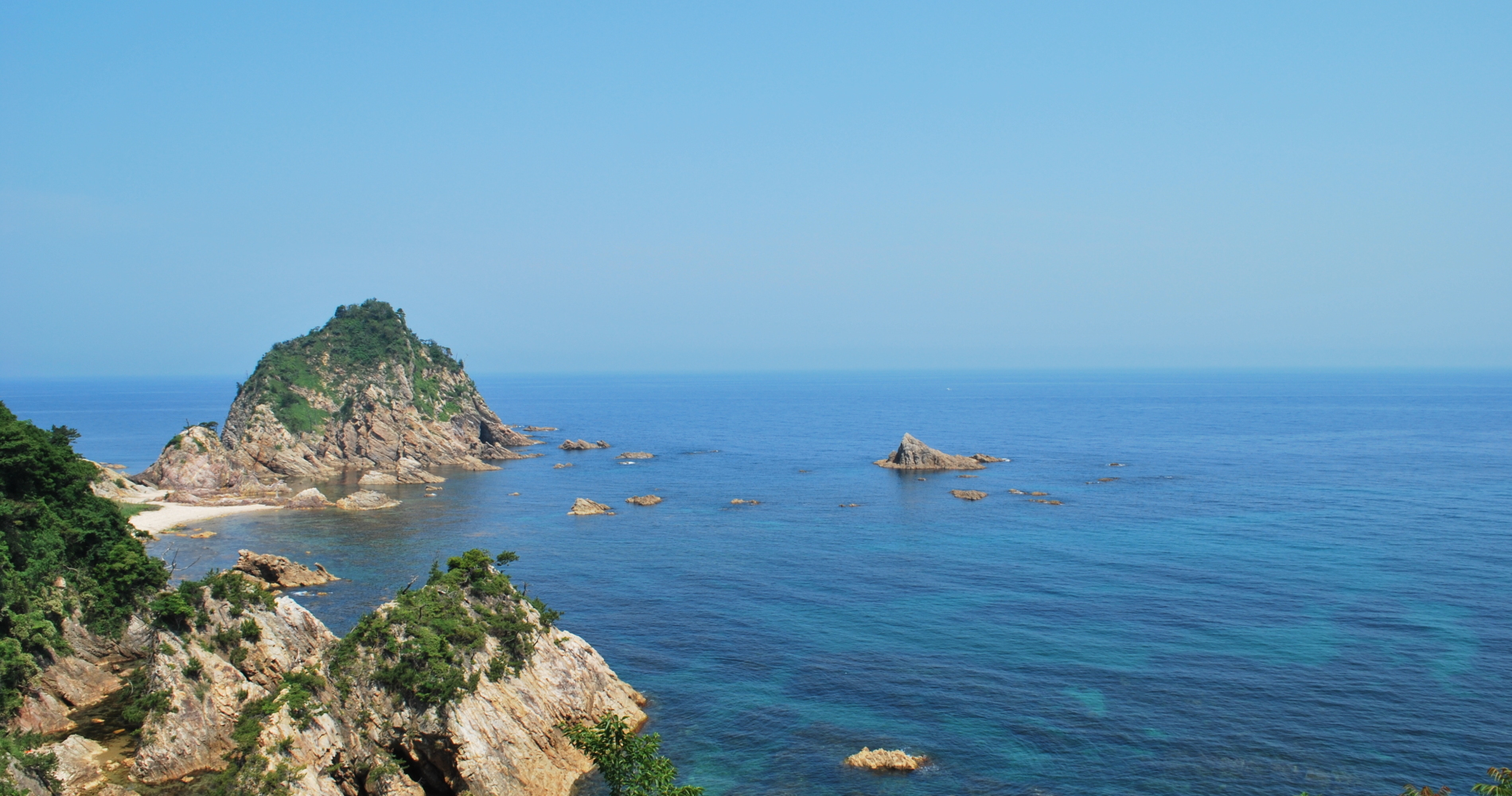
Tottori, in the Chūgoku region, is Japan’s least-populated prefecture. While the sand dunes here are quite famous, there is also a remote and stunningly beautiful stretch of coastline that is a site of immense geological significance. Clear waters, pristine white sand beaches and hidden coves make this one of the most idyllic places in the country for swimming and snorkeling. Despite Uradome not being on many tourist itineraries though, during the summer months the area is packed with locals who know that this is a real treasure.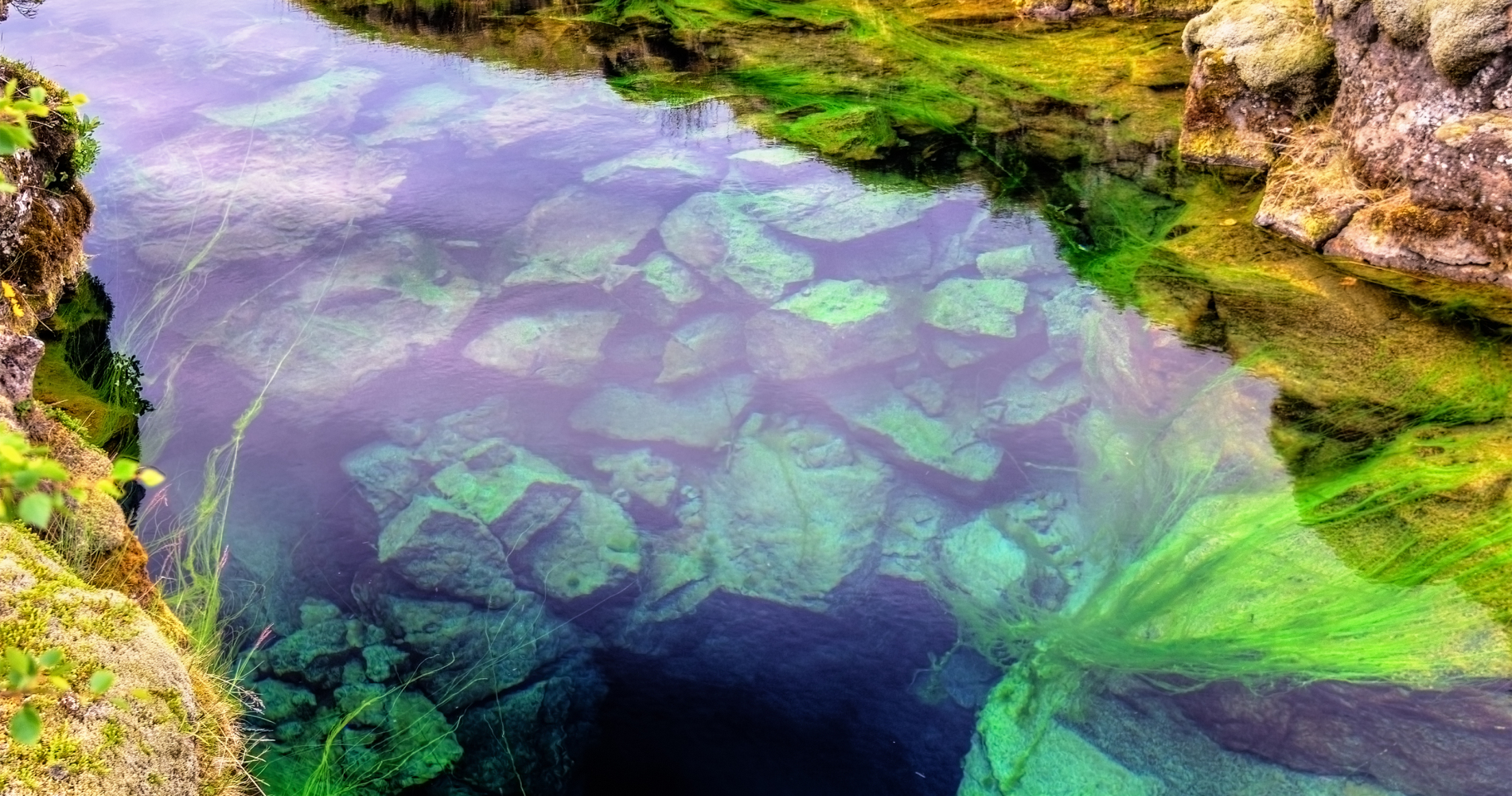
The Silfra Fissure is the name for the crack between the Eurasian and North American continents. It is wide enough for people to swim through, and many intrepid scuba divers do just that in Iceland’s Thingvellir National Park. The water, as you might expect, is icy cold, but is some of the purest in the world having passed through thick underground rock for up to 100 years. Imagine pausing halfway through the fissure, stretching out your hands, and touching two continents underwater – well, you can, because diving the Silfra Fissure this is just one of many incredible watersports and Iceland gift experiences in the Tinggly catalogue.